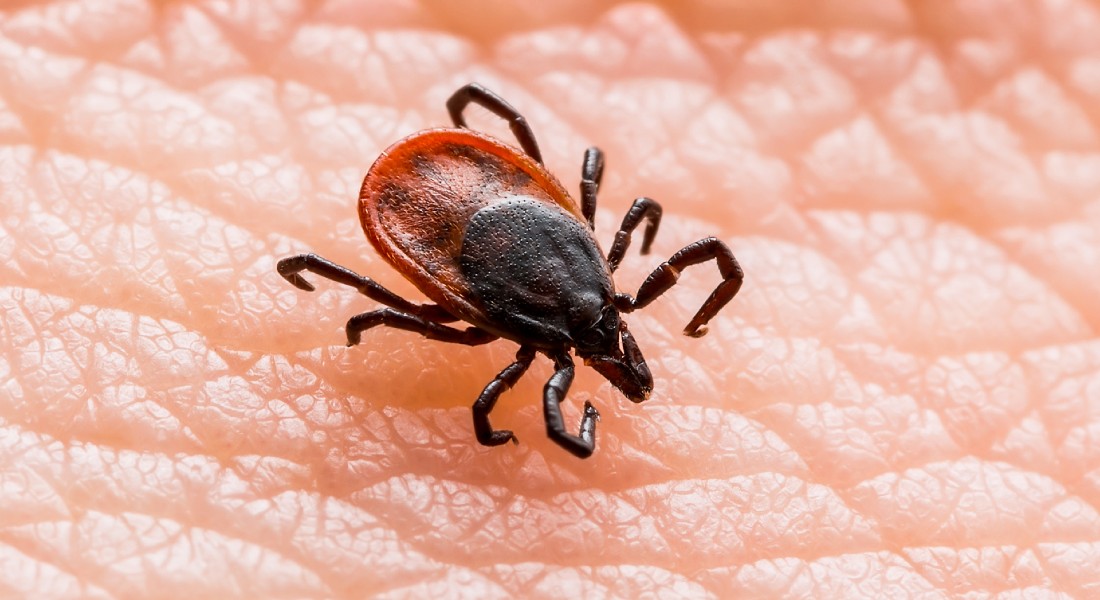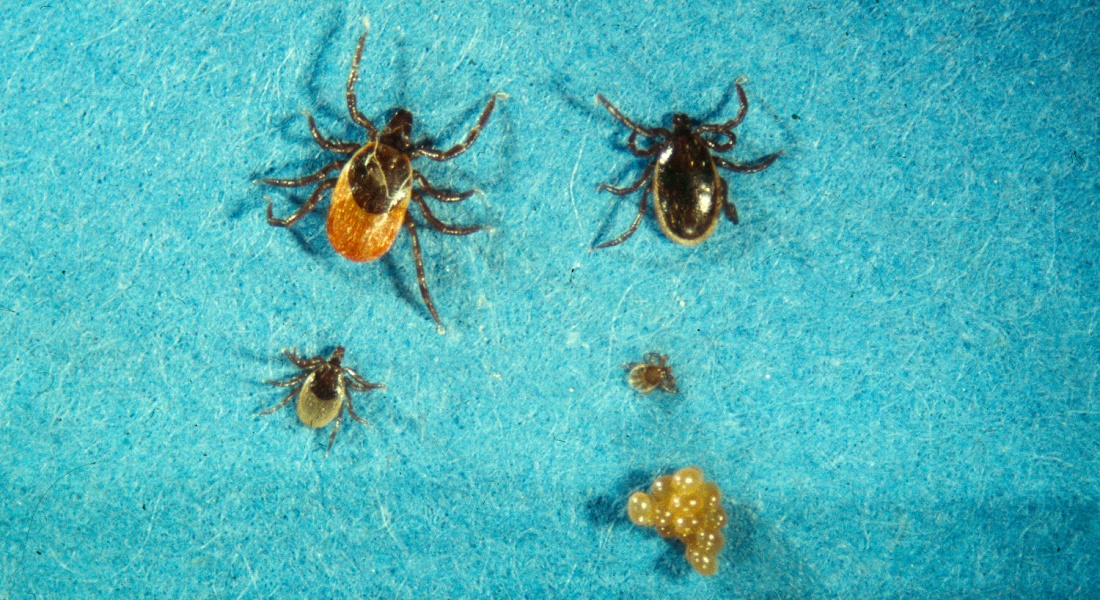When you Google the word 'tick', you're helping science
Knowledge about the spread of tick-borne diseases is extremely limited and notoriously difficult to acquire. A new study from the University of Copenhagen demonstrates that internet searches just might be the way to keep an eye on ticks and other effects of climate change.

Tick season is in full swing. As such, the number of Google searches for information about these tiny, ever unpopular bloodsuckers is greater than usual. While you may not realize it it, your internet searches help to advance scientific research on the activity patterns of ticks. This, according to a new study from the University of Copenhagen.
The conventional wisdom in recent years is that climate change will spawn more ticks and tick-borne diseases in northern countries like Denmark. However, the current body of knowledge about how tick-borne diseases spread is limited. According to the UN Intergovernmental Panel on Climate Change (IPCC), much more monitoring of tick- and other vector-borne diseases is needed – in part to measure the effects of climate change, as well as to monitor the spread of diseases like Lyme disease (Lyme borreliosis) and tick-borne encephalitis (TBE).
But keeping an eye on tick populations remains notoriously difficult, according to one of Denmark's top tick experts, Associate Professor Per Moestrup Jensen, from the University of Copenhagen’s Department of Plant and Environmental Sciences:
“The IPCC says that we desperately need monitoring. But where the heck can we get it from? Usually, you drag a stick with a flag across the ground and count how many ticks settle on the flag. On a good day, we can examine 1000 m2. But there’s no way for us to go out and collect ticks on a scale that resembles monitoring. Google Trends offers a shortcut."
Per Moestrup Jensen adds that tick bites are only recorded in Denmark when those who are bitten end up in the hospital, meaning that a trove of hidden data is still out there.
European map of tick season
Google Trends is a free, publicly available online tool that collects and analyzes Google searches from people around the world.
"We use the fact that many people who are bitten by ticks search for information about them by opening up their computers and turning to Google. This lets us observe where in the world they are being searched for and when," says Per Moestrup Jensen.
The researchers extracted time series data for when during the year Danes and the populations of nine other European countries searched for the word "tick” over a 10-year period. By matching their findings with weather data, they could analyze whether different Google searches of these populations aligned with the ticks' seasonal patterns in the specific locations and respective climate variations. The duration of tick activity depends on temperature.
"Looking across Europe, there's a very clear correlation between people's tick searches on Google and local temperature variations. It confirms our beliefs about the seasonal patterns of ticks. Among other things, the data also show patterns in which tick-borne encephalitis (TBE) is found. As such, the distribution of tick seasons might be able to tell us about which diseases are around and can be transported through individual ecosystems," says Jensen.
He adds that while it doesn’t seem that there have been changes in tick trends or the establishment of any new tick species in Denmark, such changes are expected at some point.
Google away!
Jensen points out that keeping a close eye on these blood suckers in Denmark makes sense – not just to keep track of the spread of diseases and antibodies against Lyme disease for example, but to monitor the effects of climate change as well.
"Because ticks feed exclusively on blood, and neither plants nor water that could complicate the picture, and because they are sensitive to fluctuations in temperature and humidity, ticks are a credible climate change marker. If climatic changes occur, you will be able to observe them relatively early in the seasonal rhythms of ticks," explains Per Moestrup Jensen.
As such, he believes that it is a given for researchers to look at how they can use Google Trends data to track the development of certain organisms and their movements.
"Google Trends is a unique database that seems to be able to provide us with knowledge that we are not usually able to acquire. It should be emphasized that one must be careful when using such data, as noise and uncertainties exist Our guess is that the data has a fairly high degree of accuracy if used correctly – not only in relation to ticks, but for all sorts of things," says Per Moestrup Jensen, who concludes:
"So, here’s a request: If you get bitten by a tick and find yourself uncertain about anything, search online. You’re bound to discover plenty of useful information. Because at the same time, you'll be helping to advance scientific research."

FACT BOX: About the study
- The researchers investigated the association between Google searches and tick patterns in Spain, France (Pays de la Loire), Bulgaria, Croatia, the Czech Republic, Ireland, Lithuania, Norway and Denmark.
- In addition to biologist and associate professor Per Moestrup Jensen from the Department of Plant and Environmental Sciences, the study was conducted by Finn Danielsen from NORDECO (Nordic Agency for Development and Ecology), an internationally recognized expert in monitoring natural resources, and by Sigudur Skarphedinsson, head of the Clinical Center for Vector-Borne Infections at Odense University Hospital.
- The study has been published in the scientific journal Insects.
- Investigate Danes’ interest for information about ticks on your own using Google Trends: https://trends.google.com/trends/explore?q=fl%C3%A5ter&geo=DK
Contact
Per Moestrup Jensen
Associate Professor
Department of Plant and Environmental Sciences
University of Copenhagen
pmj@plen.ku.dk
+45 60 62 33 77
Maria Hornbek
Journalist
Faculty of Science
University of Copenhagen
maho@science.ku.dk
+45 22 95 42 83
